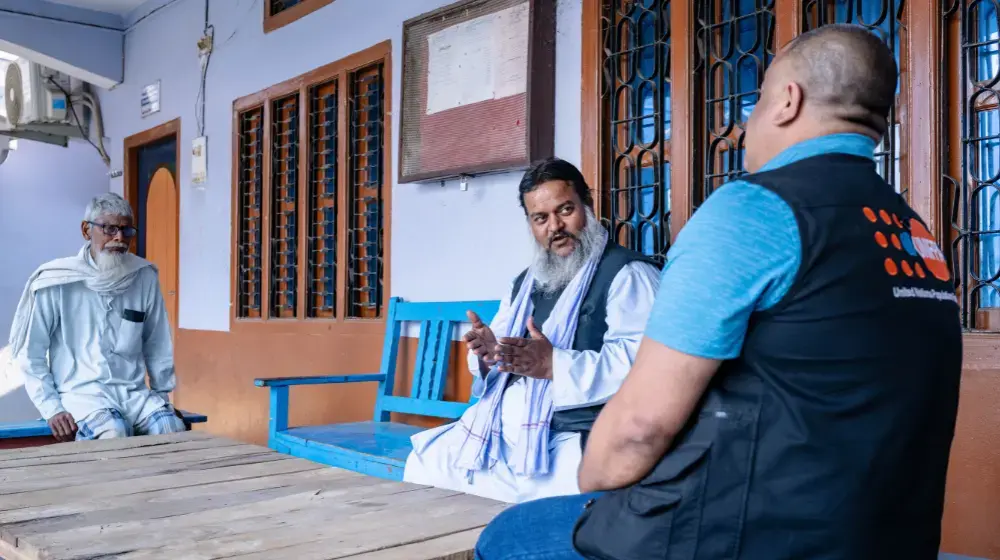Access to safe, voluntary family planning is a human right. Family planning is central to gender equality and women’s empowerment, and it is a key factor in reducing poverty. Many women in Nepal are not able to use safe and effective family planning methods due to lack of access to information or services and support from their partners or communities.
Working together with international development partners UNFPA is supporting the Ministry of Health and local stakeholders to promote family planning in Nepal by:
- Ensuring a steady, reliable supply of quality contraceptives;
- Strengthening national health systems;
- Advocating for policies supportive of family planning;
- Gathering data to support this work;
- UNFPA also provides technical support to the Government of Nepal in increasing access to family planning to develop evidence and policies.
Family planning has long been considered a priority in Nepal and the majority of contraceptives and other commodities have been procured using government budget including pool funds. In recent years, however, there have been several constraints related to procurement, supply chain management and inventory management which have led to a number of development partners’ direct support in these areas in order to sustain the momentum for family planning.
The Ministry of Health made a commitment to FP2020 in March 2015, just before the massive earthquake of 25 April 2015. The Government of Nepal committed to identify and address barriers to family planning, broaden the range of available contraceptives and improve the method mix, as well as increase the budget for FP on a yearly basis by 7%. Prior to signing off on the FP2020 commitment, the Ministry of Health had endorsed a five-year Costed Implementation Plan for Family Planning (2015-2020), which outlined the resources required for scaling up the family planning programme and the commodity needs.
The 2015 National Health Facility Survey (NHFS) shows that only 15% and 12% of family planning facilities have staff trained in use of implants and IUDs. Limitations in terms of number of training sites, pool of trainers and resources also pose challenges.




